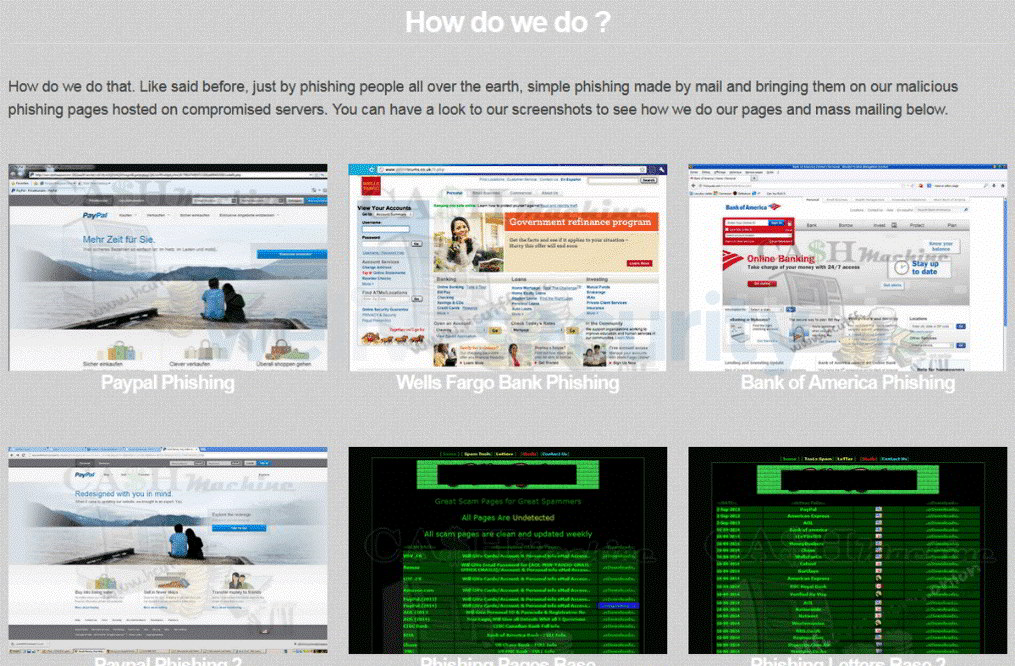Expert advice to keep personal data out of the dark web
ESET warns that, although it is difficult to prevent personal information from ending up on the “dark side of the Internet”, there are protective measures for that
44 % of MEPs and 68 % of British MPs made it easier for their personal data to end up circulating on the dark web. The reason is that many would have registered online accounts using their official email address and entered additional personally identifiable information (PII). Then, when cybercriminals attacked those third-party providers and shared or sold the data on the dark web, it was too late to prevent the dissemination of said data. ESET, a leading company in proactive threat detection, shares and lists some timely preventive tips.
“Unfortunately, this is not something that happens only to politicians or other people of public relevance, and it is not the only way that a person’s data can end up in the underworld of the Internet. It can happen to anyone, even if they do everything right. And it often happens. That is why it is worth keeping a close eye on your digital footprint and the data that matters most to you,” says Camilo Gutiérrez Amaya, Head of the ESET Latin America Laboratory.
The dark web refers to parts of the Internet that are not indexed by traditional search engines, it is not illegal or populated solely by cybercriminals, it is a place where you can browse anonymously using the Tor browser. However, today’s cybercrime economy has been built on a thriving dark web, with many of the specialized forums and markets visited en masse by cybercriminals, while remaining hidden from law enforcement.
As enablers of a criminal economy worth trillions, dark websites allow threat actors and attackers to both buy and sell stolen data, hacking tools, DIY guides, hacking services and more. Despite regular law enforcement crackdowns and operations, they continue to adapt to fill the gaps left by authorities when they dismantle their operations.
Research by Proton and Constella Intelligence, for example, showed that two-fifths (40%) of the email addresses of British, European and French MPs were exposed on the dark web – almost 1,000 out of a possible 2,280 emails. Worse still, 700 of these emails had associated passwords stored in plain text and exposed on dark websites.
When combined with other exposed information such as birth dates, home addresses and social media accounts, they constitute a treasure trove of identity data that can be used in subsequent phishing and impersonation attacks.
When and how we are vulnerable
There are several ways that data can appear on a dark web forum or site, some may be the result of negligence, while many others are not. Some of those ways are:
- Data breaches at third-party organizations: Data is stolen from an organization that you have interacted with, and that has collected the data, in the past. In the United States, 2023 was a record year for these types of data breaches; more than 3,200 incidents at organizations led to the compromise of data belonging to more than 353 million customers.
- Phishing attacks: A legitimate-looking email, direct message, text message, or WhatsApp message contains a link that can install malware to steal information or trick you into entering personal or login details (for example, a fake login page for Microsoft 365).
- Credential stuffing: An account is compromised through a brute-force attack (credential stuffing, dictionary attack, etc.) where hackers guess a password or use previously breached logins on other sites. Once inside the account, they steal more stored personal information to sell or use.
- Infostealer malware: Personal data is stolen through info-stealing malware that can be hidden in legitimate-looking apps and download files (such as pirated movies/games), phishing attachments, malicious ads, websites, etc.
However, cybercriminals obtain data, once shared on the dark web, it can be handed over or sold on demand. It is very important to understand that depending on the type of data, whoever obtains it will likely be able to hijack bank accounts to steal more information, including bank or card details, design very convincing phishing messages that share some of the stolen personal information to persuade you to hand over even more sensitive data, steal email or social media accounts to spam other contacts in your address book with malicious links, or commit identity fraud; for example, taking out loans, generating false affidavits to receive a refund or receiving medical services illegally.

Explaining the matter step by step: about cybercrime and the black market
In case you discover that some personal or confidential data was exposed and is being traded on the dark web, it is advisable and vital to take emergency measures such as changing all passwords, especially the affected ones, for strong and unique credentials; Use a password manager to store and retrieve saved passwords and passphrases; enable two-factor authentication (2FA) on all accounts that offer it; notify relevant authorities (law enforcement, social media platform, etcetera); ensure that all devices have security software from a reputable vendor installed; freeze bank accounts and order new cards, check bank statements for unusual purchases, and be on the lookout for other unusual activity on online accounts such as inability to log in, changes to security settings, messages/updates from accounts you don’t recognize, or logins from strange places and at odd times.
How can we avoid becoming victims of an attack in the future? ESET recommends the following:
- Be more cautious when sharing information online.
- Review the security/privacy settings of social media accounts.
- Activate incognito mode – that is, when appropriate, use options such as disposable email addresses so you don’t always have to give out personal data.
- Never respond to unsolicited emails, messages or calls, especially those that try and pressure you to rush into action without thinking clearly first.
- Use strong, unique passwords on all accounts that offer it and enable a strong form of 2FA for added protection.
- Invest in a dark web monitoring service that notifies you of newly discovered personal data on the Internet, so you can act before cybercriminals do.
ESET contact details: https://www.eset.com/ve/https://www.eset.com/ve/. Also, their social networks: Instagram (@esetla) and Facebook: (ESET).
With reference information and images provided by ESET and Comstat Rowland Comprehensive Strategic Communications
Visit our news channel on Google News and follow us to get accurate, interesting information and stay up to date with everything. You can also see our daily content on X/Twitter and Instagram


